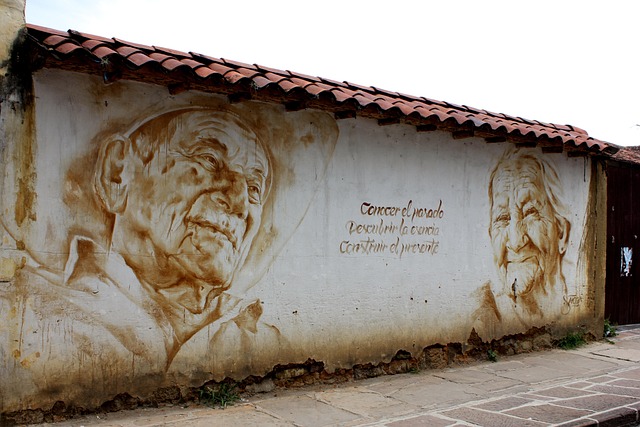Border cities, due to their geographical and cultural uniqueness, attract diverse populations seeking binationalism. This results in real estate developments blending traditional and modern elements, catering to dual citizenship and cross-border commuting. These areas foster a transnational culture through multilingual services and shared community spaces, making them highly appealing for multicultural living. Local real estate agents facilitate this cultural exchange, helping immigrants and longtime residents adapt to the evolving communities. The economic growth and development driven by binational collaboration make these cities thriving hubs of diversity and prosperity.
In the heart of binational boundaries, border cities uniquely cultivate a vibrant culture that bridges two nations. This article explores how real estate plays a pivotal role in shaping these urban landscapes, fostering cultural exchange, and driving economic growth. We delve into the strategies that encourage collaboration between communities, highlighting successful initiatives that promote understanding and shared prosperity. Discover how binational collaboration is revolutionizing border cities through innovative partnerships and inclusive development.
The Role of Real Estate in Shaping Border Cities

Border cities, situated at the intersection of countries, often find their character profoundly influenced by real estate dynamics. The proximity to national borders, coupled with historical and cultural ties, creates a unique environment that attracts diverse populations. Real estate development in these areas reflects this binational culture, offering properties and communities that seamlessly blend traditional and modern elements. Local real estate markets are shaped by the demand for homes that cater to dual citizenship or frequent cross-border commuting, resulting in innovative designs and amenities that facilitate movement and connection across borders.
The landscape of border cities is thus not just physical but also social and cultural, with real estate playing a pivotal role in fostering binationalism. Properties here may boast features like dual language signage, multilingual services, and shared community spaces designed to accommodate and celebrate the multifaceted identities of their residents. This unique aspect of border city real estate contributes significantly to the area’s appeal for those seeking a truly transnational way of life.
Fostering Cultural Exchange and Understanding

In border cities, real estate isn’t just about property; it’s a canvas for cultural fusion. These urban centers, situated along international boundaries, have the unique privilege of fostering binational cultures, where residents embrace diverse heritages and traditions. Through shared public spaces, vibrant neighborhoods, and community events, locals create an environment that encourages cultural exchange and understanding. Local real estate agents often play a crucial role in this process, guiding immigrants to find homes that reflect their new lives while also assisting longtime residents in embracing the changing fabric of their communities.
The result is a rich tapestry where culinary delights, artistic expressions, and festivals from both sides of the border intertwine, enhancing the city’s overall vibrancy. This cultural blending not only strengthens community bonds but also positions these border cities as melting pots that celebrate—and are defined by—the merging of different backgrounds, languages, and customs.
Binational Collaboration: Driving Economic Growth and Community Development

In border cities, binational collaboration is not just a cultural exchange but a powerful driver for economic growth and community development. These cities, situated on international borders, often serve as hubs where people, ideas, and goods cross over, creating a unique environment conducive to innovation and prosperity. Real estate in these areas benefits significantly from this cultural fusion; properties in binationally vibrant neighborhoods tend to have higher demand due to their diverse appeal, attracting both local residents and foreign investors.
The collaboration extends beyond cultural attractions, impacting various sectors including education, healthcare, and infrastructure. Joint initiatives between neighboring countries can lead to improved services, cost-efficient development, and enhanced cross-border trade. As a result, border cities become not just gateways between nations but thriving centers where economic opportunities and community growth thrive alongside cultural diversity, setting the stage for mutual prosperity.






